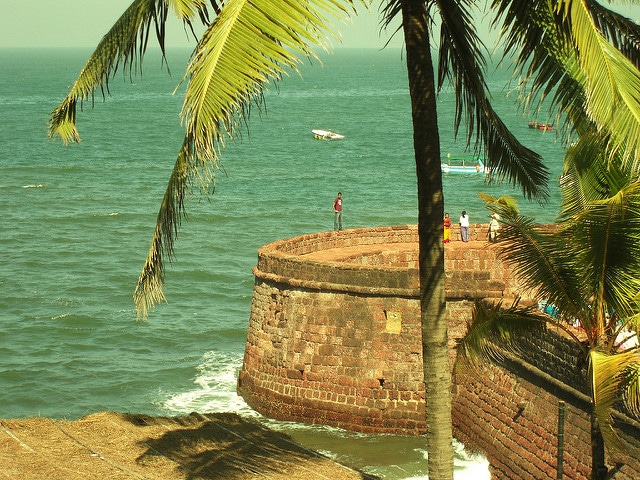One of the most popular tourist spots in India and one of the most famous Indian states in the world, Goa is a great place to refresh yourself amidst the beauty of nature. Though Goa is more associated with its beaches, it also has a varied landscape with hills, waterfalls, and more. You will also find magnificent temples and churches in Goa, which are worth visiting for they were built hundreds of years ago. Another facet of Goa worth exploring is the presence of alluring forts. Mostly built by Mughals and Portuguese, these forts are great symbols of our historical heritage.
Below is a list of 7 magnificent forts in Goa that are must-visit owing to its history, architecture and landscape.
1. Aguada Fort
Built by the Portuguese, the Aguada fort is presently used as a prison. There is a lighthouse inside the fort which is believed to have been built in the 19th century. The fort was named Aguada which means water as there were many fresh water springs at the site. It stands as a symbol of Portuguese influence in the region and as a specimen of their beautiful architecture. Only some of the buildings of the fort are in good condition today and a part of it is a prison now. It is the largest prison in Goa.
2. Corjuem Fort
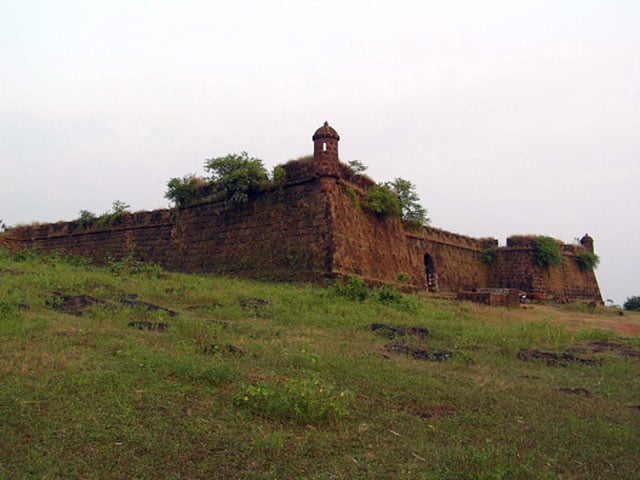
It is located near Mapusa River in Aldona village. Corjuem fort is one of the main forts built by Portuguese in 1705 and stands 4 km away from Pomburpa. It is one of the two inland forts that survive today. Visitors can enjoy a beautiful view of the surroundings. It is also called as the Khorjuem fort. It is one of the smaller forts in Goa, yet looks majestic.
3. Terekhol Fort
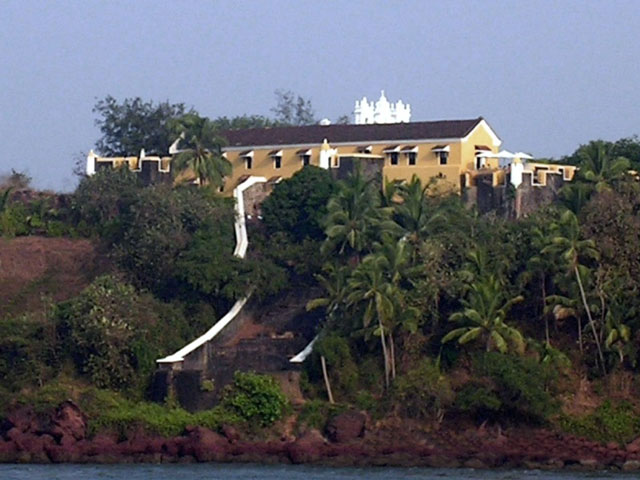
It is named after the river on whose banks the fort is located. Though built by a Sawantwadi ruler, Maharaja Khem Sawant Bhonsale, Terekhol fort was captured by the Portuguese in 1746. It is also famous in Goan history as the site of revolt against the Portuguese rule. The Portuguese later rebuilt the fort and also constructed a church in the premises which is now about 100 years old. The fort remains are now a heritage hotel and not open to public for sightseeing. It can be seen from the outside though.
4. Chapora Fort
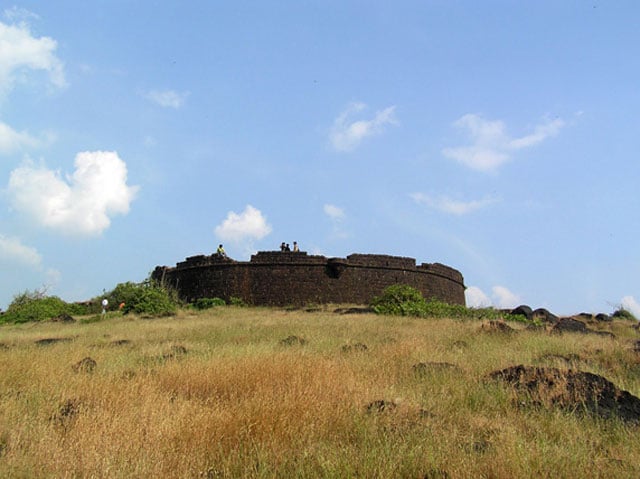
The original structure was built by Adilshah of Bijapur but the Portuguese rebuilt a fort here in 1617. Built in red laterite stone, Chapora fort was later deserted by the Portuguese as their empire expanded. It is just 22 kms from Panaji. Presently, what remains are just the gigantic walls and strewn Muslim tombstones. The main feature of the fort are the tunnels built under the ground which served as a getaway for the residents in case of an attack. Visitors can get a captivating view of the Vagator beach from the fort.
5. Reis Magos Fort
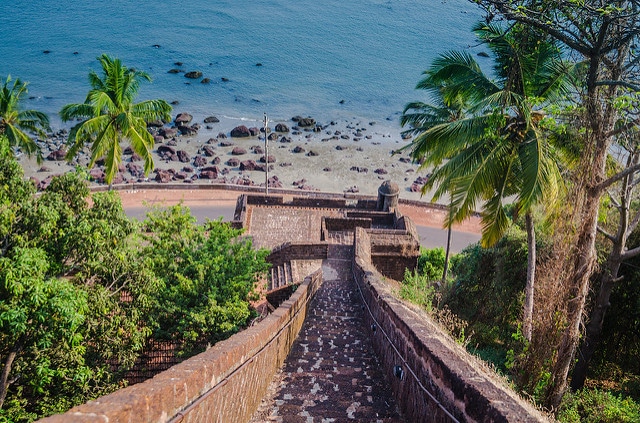
Reis Magos fort is situated on the right bank of Mandovi river and was built by the Portuguese in 1551 for defending Goa against intruders. There is a church at the base of the fort and a spring flows on its east which might have been the source of water for the fort inhabitants. Earlier, it served as residences for the viceroys but later, it was used for defense purposes. It is now a prison.
6. Cabo Fort
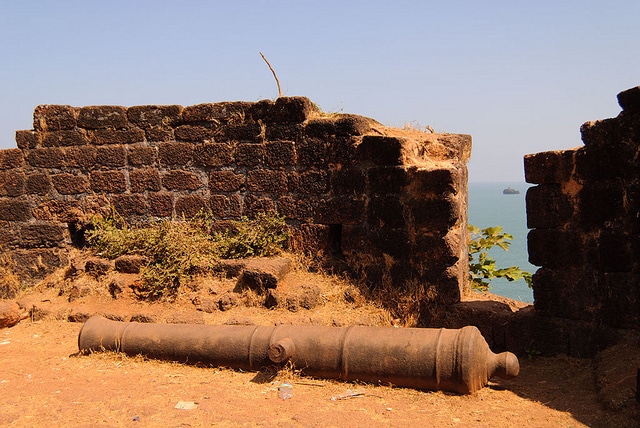
Cabo fort is located on the southern coast of Goa and looks tarnished on some sides as it was long abandoned. It is also believed that Lord Ram, Sita and Lakshman stayed here during their exile. This fort was captured by the Portuguese and they added buildings to the fort, one of which is a chapel, and is still used as one. There was a convent once which is now the Governor’s residence. The fort is believed to have been built in 1540, but still looks royal and is worth a visit.
7. Mormugao Fort
Mormugao fort was one of the most important fortresses and was built with a view to protect the Mormugao harbour. There were three magazines at the fort, 20 bulwarks, a residence for the guards and five jails in addition to a church. Today, the remains of these constructions are well-preserved.
These forts may have particular visiting hours but they are open to visitors all day. Daytime is best time to visit forts. Though not all these forts are well preserved, a visit to them is worth it because of their historical heritage.

